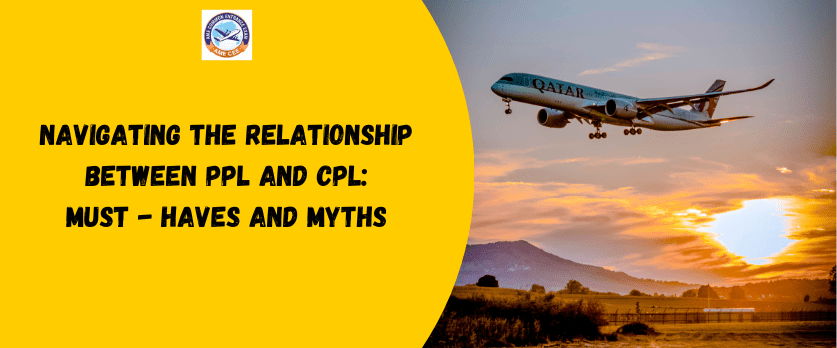The journey from Private Pilot License (PPL) to Commercial Pilot License (CPL) sparks numerous questions. Let’s debunk myths and clarify essentials surrounding PPL and CPL requirements, difficulty, and the pathway to becoming a professional pilot.
Is PPL Mandatory for CPL?
Clarification
While PPL is not mandatory for CPL, it’s a common prerequisite. PPL provides foundational flight skills and knowledge, laying the groundwork for the more advanced training required for CPL.
Can I Get CPL Without PPL?
Insight
In theory, it’s possible to obtain a CPL without a PPL. However, this unconventional route is highly uncommon. PPL provides the baseline skills and knowledge needed for successful CPL training.
Is CPL Much Harder Than PPL?
Clarification
CPL builds on the foundation laid during PPL training. While CPL involves more advanced maneuvers, cross-country flights, and commercial operations, the difficulty is relative. With dedication and progressive learning, transitioning from PPL to CPL is a natural progression.
Addressing the Myth: “Is PPL Mandatory for CPL?
Insight
The myth of PPL being an absolute prerequisite for CPL is dispelled. While it’s strongly recommended, alternative pathways exist. However, the traditional route of progressing from PPL to CPL remains the industry norm.
Conclusion
Navigating the realm of PPL and CPL involves understanding their interplay. PPL serves as a stepping stone, easing the transition to CPL. While it’s not an absolute prerequisite, its benefits in building foundational skills and knowledge are undeniable. Embarking on the journey from PPL to CPL is a dynamic progression, combining dedication, training, and the pursuit of professional piloting aspirations.
To become an aerospace engineer you may could join aerospace engineering through AME COMMON ENTRANCE EXAM (AME CEE) this examination you may join Aerospace Engineering approved by AICTE.


